Exploring The Phoenixmasonry
Masonic Museum and Library
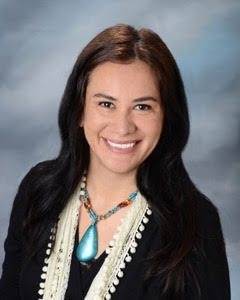
with Elena Llamas, Director
of Public Relations for
The Phoenixmasonry Masonic
Museum and Library

"There are
pleasures in the act of accumulation: the thrill of the hunt, the joy of the
find. But true collecting is more. It's listening for the hum of history in
things, finding connections among art and objects of different times and
cultures, and gathering images so that, as in poetry, they reveal new meaning."

Hello! Welcome to the
first installment of articles designed to help you explore Phoenixmasonry’s
archives. I will section each aspect of Phoenixmasonry and focus on one thing at
a time in these installments in order to delve deep into all that Phoenixmasonry
has to offer. First off will be the Museum’s collection.
Phoenixmasonry is the
preserver of numerous Masonic artifacts of historic and current value.
Phoenixmasonry also provides information on extraordinary Masonic artifacts from
other collections. Because Phoenixmasonry’s online collection of artifacts is so
extensive, I will give you an overview today and I look forward to exploring
particular artifacts from each of Phoenixmasonry’s categories in future
installments.
The museum was
established to bring to the Brethren and the visiting public the rich heritage
of Masonic Artifacts and Collectibles that were
created
and produced to commemorate many special Masonic events. Lodge Dedications -
Cornerstone Ceremonies, Anniversaries, Officer Installations, State and National
Conventions were all marked and remembered by these presentation pieces which
were made in glass, china, porcelain, wood, metals, coins and medallions.
Today,
Phoenixmaosnry’s collection is divided into Blue Lodge Artifacts, York Rite
Artifacts, Scottish Rite Artifacts, Artifacts from The Shrine of North America,
and Artifacts from Masonic Youth Groups and Various Other Bodies. Each one of
those categories is further divided into types of artifact. For example, you
will find a link to all Scottish Rite Historic Coins and Medallions and another
link for Historic Blue Lodge Aprons.
Since this is an
introductory overview of the collection, I will show you five of my favorite
artifacts from different sections of the Museum.

GEORGE WASHINGTON’S MASONIC OSTRICH EGG
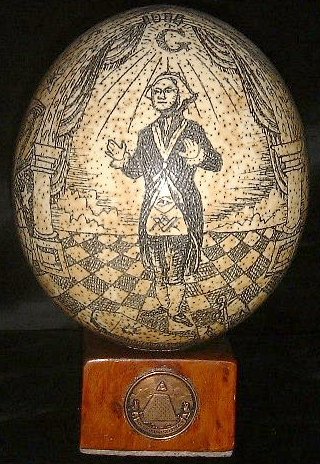
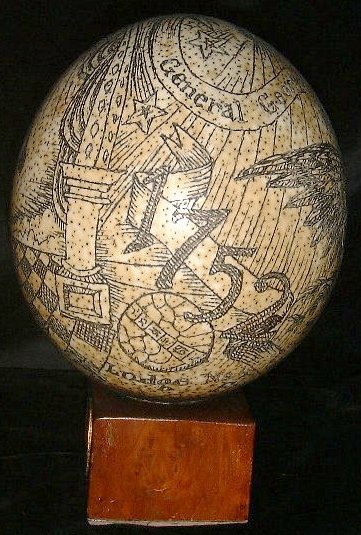
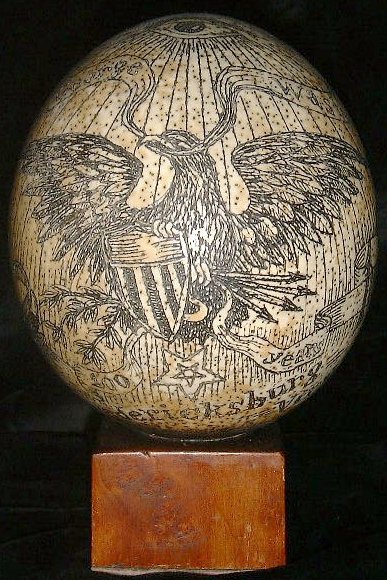
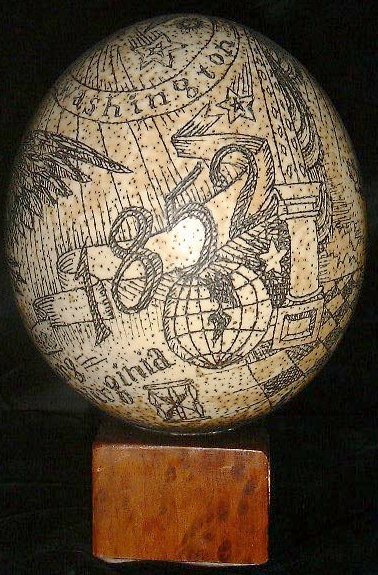
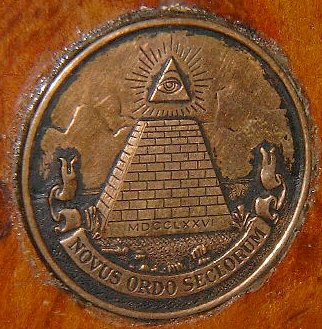
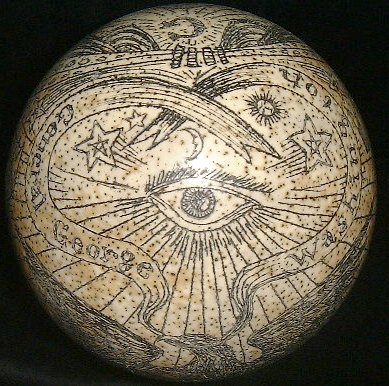
This is a most
unusual and rare item--a folk art decorated ostrich egg dated 1852 worked in
finely incised detail with an image of George Washington and an abundance of
Masonic symbolism. The egg measures 8 inches high and about 4.5 inches in
diameter. The following words are engraved on the egg: "General George
Washington, Fredericksburg Virginia, 1752-1852, Lodge No. 4." It was mounted on
a wood block with an inset copper coin depicting the pyramid found on the back
of the Great Seal of the United States and on the back of the one dollar bill.
The base seems to be a recent addition to the piece. It appears that the egg was
commissioned to commemorate the 100th anniversary of George Washington's Masonic
initiation into Fredericksburg Lodge No. 4 in Virginia. The egg is currently
being exhibited at the Fredericksburg Area Museum along with objects owned by
Fredericksburg Lodge No. 4.

1800s MASONIC
FOLK ART QUILT
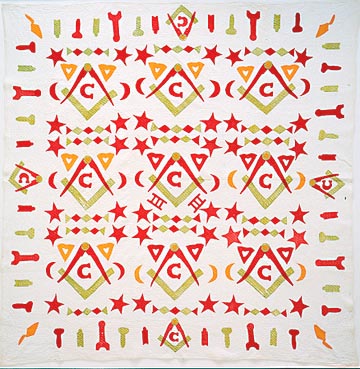
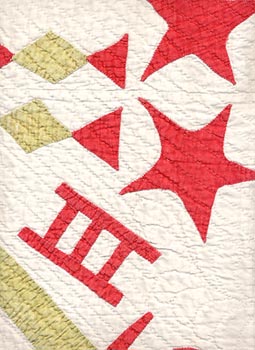
Here is what
Sotheby's "Important Americana" catalogue (January 28, 29 and 30, 1988) says
about the bottom quilt: "Unusual Appliqued Cotton 'Masonic' Quilt, Ohio,
circa 1880, composed of red, yellow and green printed and solid patches with
various Masonic symbols and bands of stars, all mounted on a white cotton ground
with
feather, cable, wreath and diagonal line quilting. Approximately 76 by 76 in. It
goes on: In giving expression to so much of what was important in their lives,
women covered many "subjects" in their quilts. Using the traditional format of
red and green appliqués, the maker of this quilt created a piece full of Masonic
symbols to celebrate pride in her husband's fraternal affiliation. Masonic
symbols march along the border and frame Masonic emblems just as a classical
swag border would surround a more traditional appliqué design. The quilt maker's
red, orange and green hearts, stars and moons (each with symbolic meaning to the
Masons) add great spirit and vitality to the quilt, suggesting a very whimsical,
folk-art quality. Classical feathered wreaths, a traditional appliqué quilting
pattern, add rich texture to this personal, vibrant quilt.
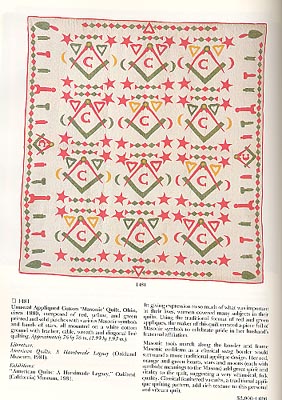
The wonderful Masonic Folk Art Quilt pictured above
is now in the museum collection of the National Heritage Museum in Lexington,
Mass. You can visit their museum on-line at:
http://www.monh.org/

EASTERN STAR TEDDY BEAR
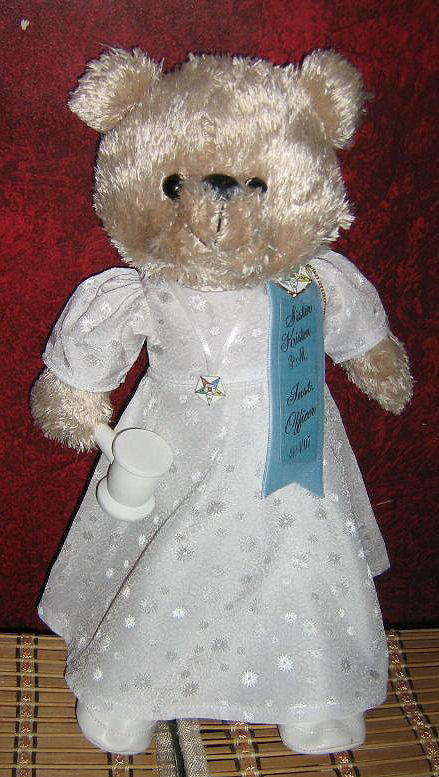
Not every item in the
Museum is old or an antique! Sometimes
curators see things that are destined to become Museum pieces and that is what
this beautiful little Eastern Star Bear will be someday. The bear was an eBay
find. The seller, Susan Brach, trades under the name of
"masonicbear" on eBay.

OLD CABINET
CARDS
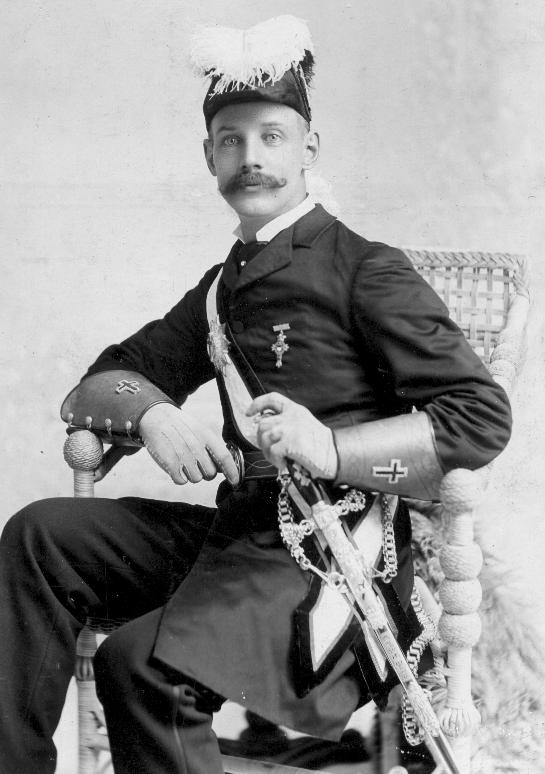
I love the cabinet
cards in Phoenixmasonry’s collection!
Cabinet cards were a style of photograph, which was widely used
after 1870. The technique consisted of mounting a thin photograph on a card
typically measuring 4
1⁄4
by 6
1⁄2
inches. The Cabinet Card above
features a proud York Rite Mason.

WINSTON
CHURCHILL’S MASONIC APRON
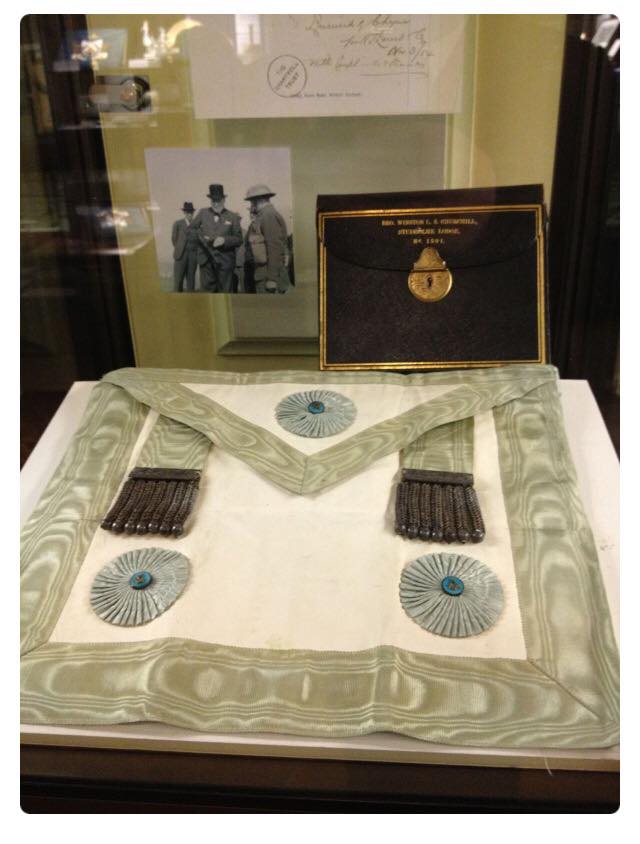
Winston Leonard
Spencer Churchill was Initiated into Studholme Lodge 1591 on 24 May 1901 at a
time when Freemasonry was a fashionable social pursuit in England. The
election of the Prince of Wales (later Edward VII) as Grand Master in 1875
gave a huge impetus to Freemasonry. As the Prince of Wales, he had been an
exceedingly popular Royal and Grand Master, and brought with him a host of
other Royals and aristocrats who gladly joined the Craft.
View the Museum collection online at
http://www.phoenixmasonry.org/masonicmuseum/tableofcontents.htm

